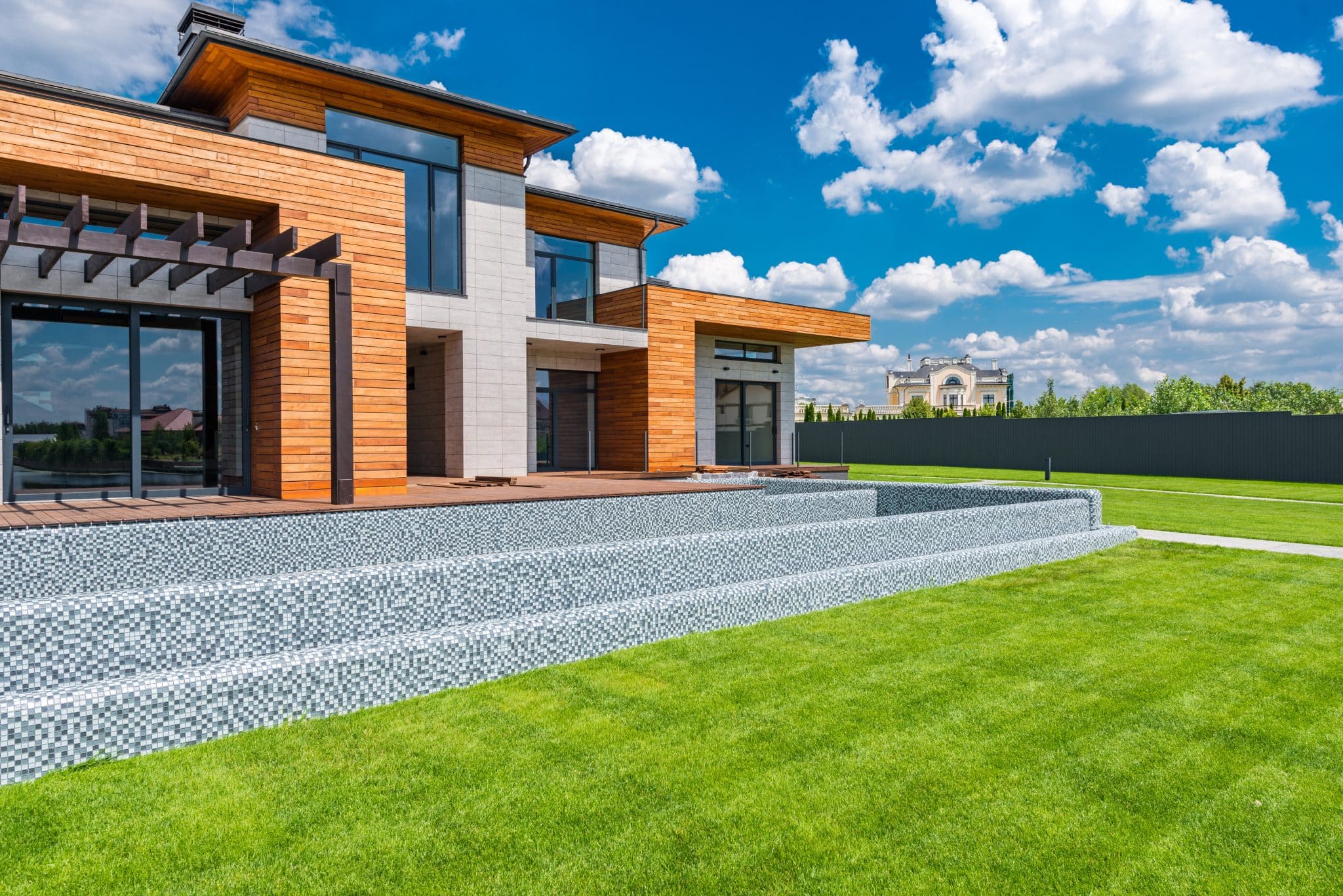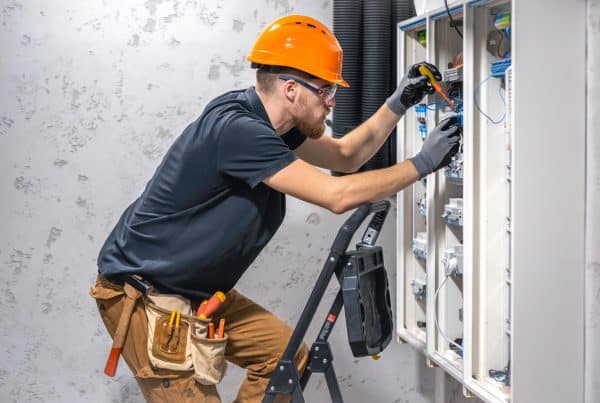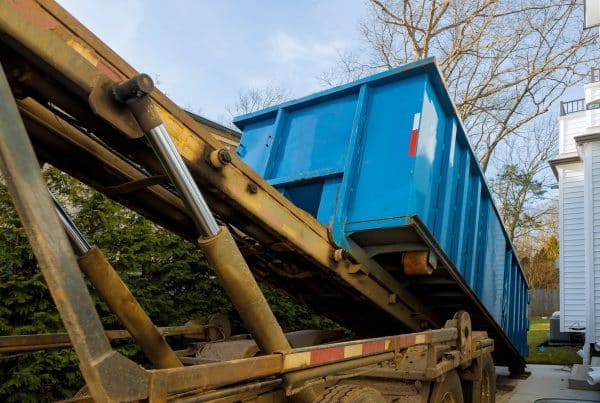Modern architecture has influenced every aspect of life for decades, including home design. These contemporary building styles are changing how people see and feel their homes by using novel materials and sustainability-focused ideas. The article explores the transformative impact of residential modern architecture and its influence on contemporary living. But first, it goes back in time to trace the roots of contemporary architecture.
The Evolution of Modern Architecture
In the early 20th century, architects began using new materials and techniques to create a new style of architecture known as “modernism.” Le Corbusier, Frank Lloyd Wright, and Mies van der Rohe are just a few of the architects who used modern materials and techniques to construct buildings that are at once beautiful and practical.
The trend advocated for reducing excessive decoration in favor of a focus on form and function. Subgenres of modern architecture such as Brutalism, Postmodernism, and Midcentury Modern have emerged. Though different, these styles have one thing in common: a desire to push the envelope of architectural design.
Innovative Design Concepts
Modern architecture strongly emphasizes innovative design concepts that prioritize functionality, minimalism, and the integration of natural elements. Open floor plans, large windows, and clean lines are hallmarks of modern residential design. These features create expansive, airy and interconnected spaces, facilitating a more flexible and adaptable way of living.
Architects are constantly pushing boundaries with innovative design solutions. They are integrating smart home technology, energy-efficient features, and multi-purpose spaces to optimize the use of every square foot. Modern homes are designed with the future in mind, accommodating changing needs and lifestyles.
Sustainable Living
Modern home design places a premium on environmental friendliness. Architects increasingly use eco-friendly solutions that lessen a building’s carbon footprint as environmental concerns grow in urgency. Today’s houses are built to last for generations without breaking the bank by incorporating sustainable features like passive solar design, high-performance insulation, and renewable materials.
Furthermore, many contemporary houses include green roofs, rainwater harvesting systems and solar panels to lessen their adverse effects on the environment and reduce energy bills. In addition to helping the world, this eco-friendly strategy also offers households a chance to save costs by reducing their energy consumption.
Integration with Nature
Today’s architectural designs aim to eliminate any sense of separation between the inside and outside. Natural light and views of the surroundings are welcomed inside, thanks to several windows and sliding glass doors. Patios, terraces and rooftop gardens are frequent additions that provide space for people to enjoy the outdoors.
There are many advantages to living in harmony with nature, including better mental health, more plentiful natural ventilation, and less need for artificial lighting and heating. Contemporary houses are designed to complement their surroundings, encouraging residents to lead healthier and more sustainable lives.
Community-Centric Design
These days, it’s typical for architects designing homes to emphasize communal living and common areas. The architects prioritize the needs, preferences, and well-being of the people who will inhabit the spaces created. Cohousing communities, community gardens and other shared facilities like fitness centers and social lounges bring neighbors together and strengthen a feeling of community.
Architects are planning modern houses with pedestrian friendliness and proximity to public transit to lessen reliance on individual automobiles and strengthen local bonds. Solid and self-sufficient neighborhoods result from mixed-use complexes that blend housing with retail and general usage. Community-centric design goes beyond aesthetics, aiming to enhance the overall quality of life for everyone within and around the designed environment, promoting a harmonious and thriving community.
Technology Integration for Convenience
Technology integration in modern architecture brings unparalleled convenience. Smart home systems allow residents to remotely control lighting, heating and security, enhancing comfort and energy efficiency. Automation systems in smart homes optimize resource usage, from water to electricity, reducing waste. Innovative materials like self-healing concrete and responsive facades improve building durability and adaptability.
Virtual and augmented reality aid in design visualization and client interaction, streamlining the planning process. 3D printing and modular construction techniques expedite building projects, saving time and resources. Technology integration elevates modern architecture’s convenience and paves the way for sustainable, adaptable, and efficient living spaces.
Evolving Lifestyle Needs
Modern residential architecture is intended to suit the ever-changing needs of its inhabitants. Work-play areas and family-friendly quarters should be readily convertible between the two uses. The contemporary house necessitates spaces for several purposes, like home offices and flexible furnishings.
Furthermore, the past epidemic has highlighted the need for flexible and pleasant dwellings. Today’s houses are increasingly constructed to facilitate telecommuting, homeschooling and physical activity, hence accommodating the many needs of contemporary living,
Conclusion: A New Way of Living
The advent of contemporary architecture in private residences marked a sea change in how houses were conceived and lived in. Its design, functionality and dedication to sustainability have revolutionized people’s way of life, bringing forth more ease, happiness and oneness with nature. Without a doubt, the demands and ambitions of tomorrow’s homeowners will be reflected in the development of residential architecture. Accepting this new lifestyle is accepting the future of home design.








